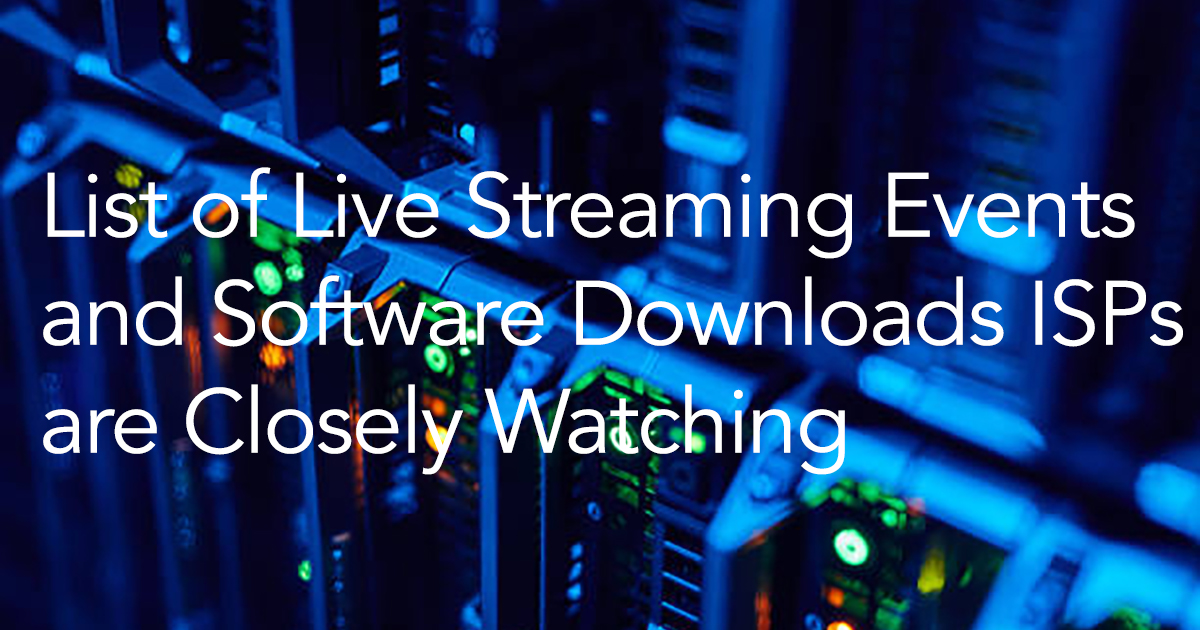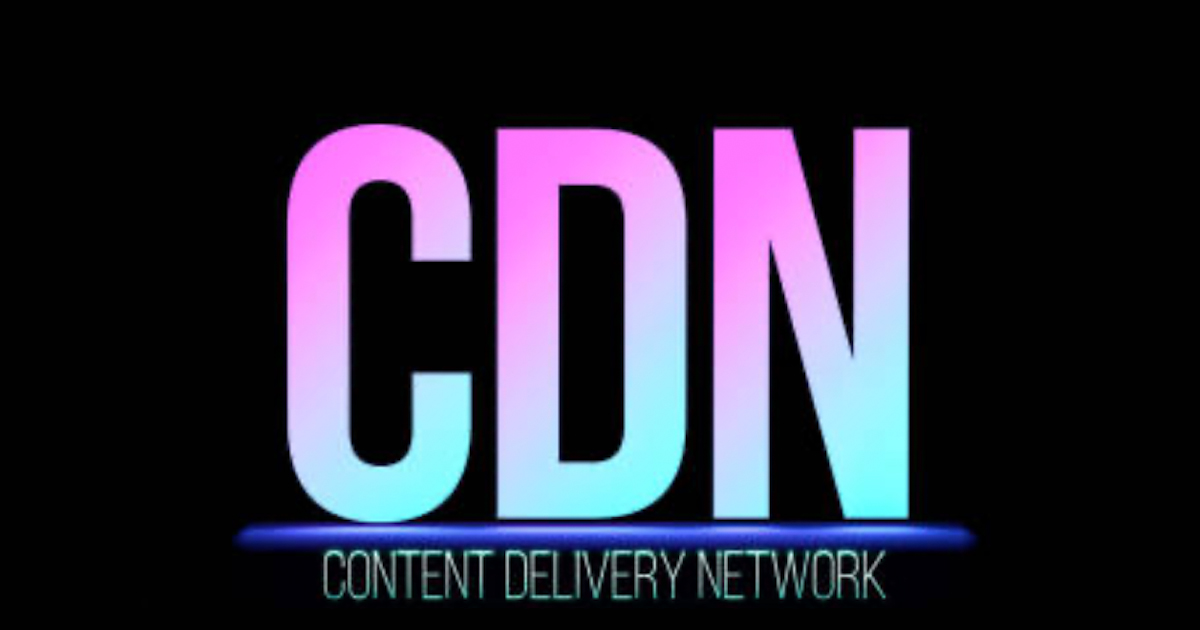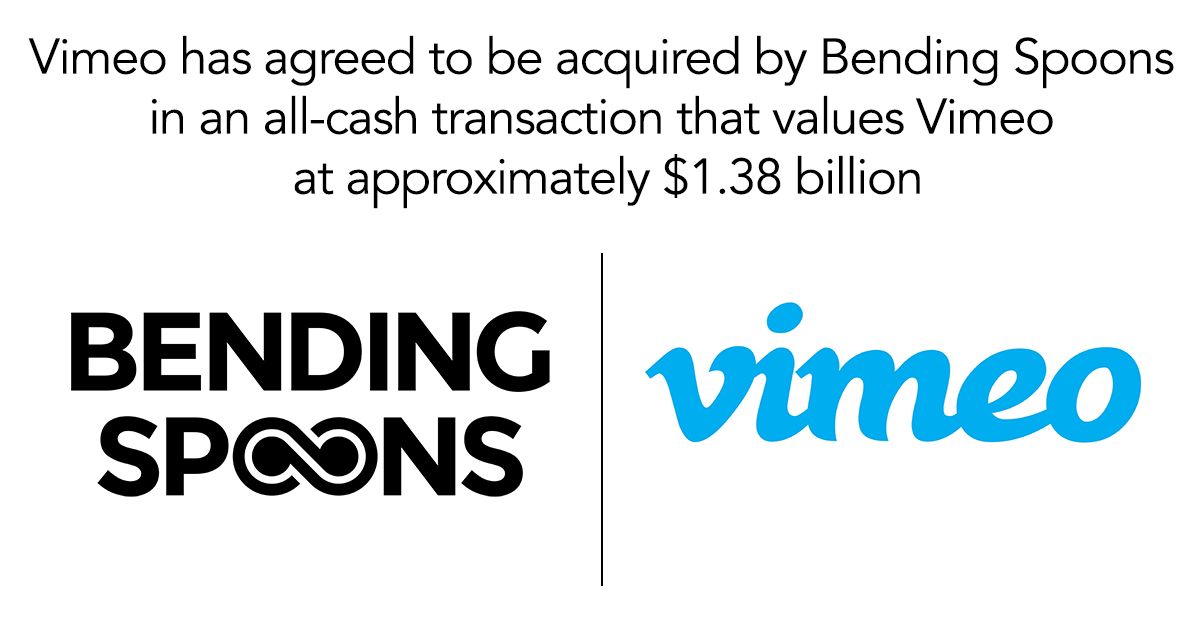
While the live stream of the Super Bowl broadcast receives a lot of media attention due to its high viewership, events that last longer and are delivered in multiple countries around the world have more complex streaming pipelines. Across 30 days, DAZN live-streamed 63 matches of the FIFA Club World Cup for free in 200 markets, exclusively on its platform, while also enabling sublicensing to local free-to-air networks, combining the agility of digital platforms with the reach of traditional linear broadcasters. This model is unique in the sports media landscape, striking a balance between commercial value and accessibility.
The broadcasting of the tournament was the result of a groundbreaking partnership between DAZN and FIFA, which combined DAZN’s innovative technology platform with FIFA’s commitment to making football truly global. DAZN delivered record-breaking audiences across its platform, as hundreds of millions of viewers watched the tournament. Across the event, viewers watched 12.2 billion minutes on tens of millions of unique devices. Here’s an inside look at DAZN’s entire video tech stack, with numbers and data from ingestion to playback.
The games were available as Freemium and Premium titles on the DAZN app across connected TVs, phones, tablets, streaming devices, game consoles and web browsers, allowing fans to tailor their viewing experience. The Freemium experience was available in HD SDR and Stereo with ads. For paying DAZN subscribers, they got an enhanced viewing experience with HDR, Dolby Audio 5.1 surround sound, reduced advertising, and exclusive highlights and content. With both the free and paid options, all 63 games of the tournament were broadcast in 24 variants, featuring customized advertising and available in multiple languages across more than 200 markets, making it the most accessible club football tournament ever.
DAZN said the acquisition of global rights created a unified experience across its markets, generating efficiency in marketing, product design and distribution. It also enabled DAZN to tell a consistent story and build truly global sponsorship opportunities, while attracting new users and deepening customer engagement in established markets.
FIFA captured the Club World Cup games in 1080p 59.94 HLG and 5.1 surround sound. Feeds from the venue were acquired by the International Broadcast Centre (IBCC), with FIFA and Host Broadcast Services (HBS) managing operations from this location. For the FIFA Club World Cup, the IBCC was located between MetLife Stadium and the Meadowlands Racetrack in East Rutherford, NJ. The feed distribution from this location was provided by Telstra via multiple dedicated 10 Gbps contribution networks from Verizon, with backup satellite uplinks from the venue and the IBCC by Eurovision.
The feeds from IBCC reached the DAZN Match Centre facility in Dallas, which was built and operated by the NEP Group for the FIFA Club World Cup. It functioned as a comprehensive production hub for acquiring feeds from the IBCC and managing feed distribution between DAZN’s partner studios in the US, Mexico, the UK, and DAZN’s regional production facilities in Tokyo, Munich, Milan, and Madrid. The DAZN Match Centre facility was also responsible for Vision Mixing between studio and live footage, graphics insertion, and mixing all regional audio commentary into the live footage to create 27 feed variants per game. Languages supported included English, Spanish, Italian, German, French, Dutch, Portuguese, Brazilian Portuguese, Arabic, Japanese, Korean, Mandarin Chinese, and Hebrew.

DAZN’s playout facility provided a TX function for real-time graphics, ad insertion, promos, SCTE for downstream DAI workflows and DAZN internal services, as well as legal slates insertion. DAZN expanded its capacity by 150% for the FIFA Club World Cup tournament, building new European regions to accommodate 108 concurrent events at any one time, as well as nearly 3,045 unique events. The number of channels was scaled to provide 108 channels in HDR10 Dolby Audio 5.1 and SDR stereo. DAZN’s network infrastructure was upgraded to receive and distribute 70 Gbps of new traffic for the FIFA Club World Cup. Additionally, the company increased the resilience per event by running dual TX channels, making the FIFA Club World Cup highly available and highly resilient.
There were forty-eight produced feeds in HDR10 with Dolby Audio 5.1 and SDR stereo that were delivered to DAZN’s central infrastructure via four newly provisioned 100 Gbps dedicated fiber lines for playout, OTT encoding and distribution. SRT backup feeds in SDR stereo from the DAZN match centre were also available as needed. Amagi was DAZN’s partner, providing playout capabilities for regional ads, SCTE, and graphics insertion in the Premium and Freemium feeds. M2A Media and MediaKind handled the transcoding and packaging, utilizing a multi-CDN strategy to deliver the streams globally on DAZN’s platform.
DAZN’s bitrate ladder for the Freemium feed ranged from 480×288 at 288 Kbps to 1280×720 at 3 Mbps. The frame rate was 29.97, using the Main H.264 profile with CBR rate control, 3 B-frames, and BT.709 colorspace. For the Premium stream, DAZN’s bitrate ladder ranged from 640×360 at 500 Kbps to 1920×1080 at 8 Mbps. The frame rate was 59.94, using the Main10 H.265 profile with a capped VBR or CBR rate control, a 1-second buffer, and BT.2020 colorspace, in HDR10 dynamic range. MPEG-DASH segments were chunked into 3.008s for video and 3.008s for audio, and HLS video segments were 6.003s for video and 6.008s for audio. DAZN utilized both the EC-3 and AAC-LC codecs for audio, with bitrates ranging from 64 kbps to 256 kbps, and a sampling rate of 48 kHz.
DAZN relied on AWS Europe, AWS US, and AWS Asia, as well as its partners at M2A Media and Mediakind in Azure Europe, for live stream generation in Premium HDR10 Dolby Audio 5.1 and Freemium SDR stereo. A highly cached playback service was created to handle the global Freemium traffic. This included running on Fastly’s Edge, which manipulated the playback response to tailor CDN selection and validated user tokens. DAZN worked closely with its CDN partners, including Akamai, Fastly and Amazon CloudFront, to increase the capacity needed for a global audience. DAZN also used new CDN suppliers that were onboarded to cover areas where DAZN expected a higher audience, including Google Media CDN, Gcore, Cloudflare, CacheFly, BytePlus and Raiway.

DAZN developed a new CDN balancing tool to work alongside DAZN’s partner Conviva, and DAZN reached 31 Tbps at peak CDN capacity, with third-party CDNs delivering 96% of all streams for the event. While DAZN has a DIY CDN, built with MainStreaming, only 4% of the streams were delivered from DAZN’s caches, as traffic primarily came from countries where DAZN is not deployed. For reference, DAZN’s DIY CDN has 88 points of presence, with nearly 200 servers in total.
DAZN utilized three monitoring facilities for the FIFA Club World Cup, located in Leeds, Bangor, and Hyderabad. A brand-new MCR was built to accommodate the increased number of events and to enhance monitoring capabilities, including HDR10 and Dolby Audio 5.1. DAZN utilised TAG MCS in addition to its existing TAG deployment to make monitoring more efficient and targeted, allowing the operator to focus on each event. Video playback performance was monitored using a combination of DAZN’s in-house monitoring tool and Conviva. Mexico and the United States were the top two countries by stream count, by a factor of two times more than the third and fourth countries, Argentina and France. Spain, Germany, Italy, Saudi Arabia, Portugal and the United Kingdom rounded out the top ten.
Globally, viewer feedback on DAZN’s stream was positive on social media, as well as in my testing with the live stream. Due to the scale at which it had to deliver the tournament and the customization it offered for video quality and multiple languages on various devices, I think DAZN’s delivery of the 2025 FIFA Club World Cup was a great success. Live events that last a few hours, from one location, delivered to one region, while complex, are not nearly as hard as what DAZN successfully pulled off with the FIFA Club World Cup stream.
The tournament also marks the start of DAZN’s broader partnership with FIFA, which extends to the integration of FIFA+ content on DAZN’s platform. This transforms DAZN into a comprehensive global hub for football, extending beyond a live-streaming service.
My thanks to DAZN for providing me with a detailed and inside look at their video workflow, access to select data (including viewership numbers I can’t disclose) and for their willingness to share these details with the larger industry. Note: DAZN did not compensate me in any way for writing this post.








